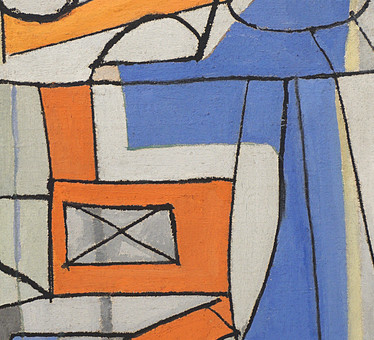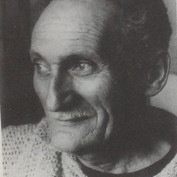Aldo Bonadei

São Paulo, Brazil, 1906 —
São Paulo, Brazil, 1974
A student of painting since childhood, Bonadei was the most erudite of the artists of the Santa Helena Group, which he joined in 1935, after studying painting at the Academy of Fine Arts in Florence. Like other members of the group, he became interested in the city’s landscape, as well as applying the language of European modernism – specifically post-impressionism and cubism – in still lifes and portraits. The dialogue with Cézanne appears both on the table tops, which defy the rules of linear perspective, and on the homogeneity of texture and brushwork in all elements of the composition, as if everything in the world was made of the same upholstery. The table, the apple, the vase, the wall and the flower are painted according to the compositional totality, and not as a subject. There is only one subject in Bonadei’s paintings, which is exactly the painting itself.
In his compositions, dark lines separate what would be the elements of a landscape or still life, forming a grid, which over the years takes over the entire surface of the canvas, and which delimits the various areas of color in the painting. From there, the transition to abstraction, already in the 1940s, occurs naturally, in studies on music, and foreshadows the primacy of geometric abstraction, which would establish itself in Brazilian art from the 1950s under the aegis of concretism .
